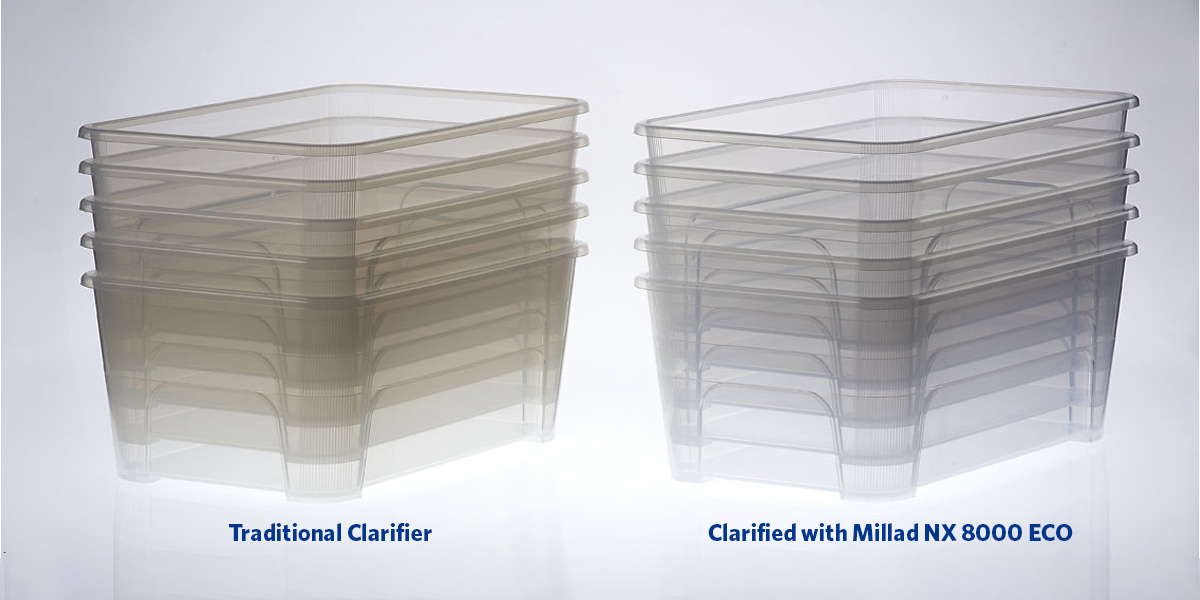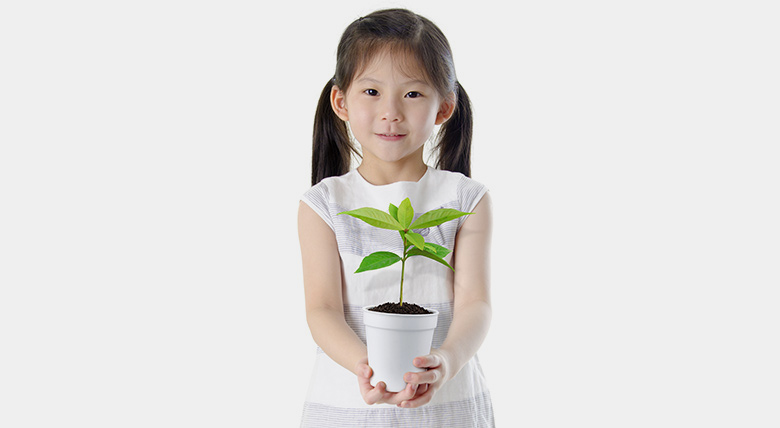Lighting the Way: Future Packaging Trends in Retail for Quality and Sustainability
March 19, 2020 by Zach AdamsJust 10 years ago fluorescent lighting dominated retail spaces. Cost efficient and, on average, lasting ten times longer than incandescent lights1, fluorescent tubes were the bulbs of choice and packaging, particularly for food and grocery items, was developed to best work within this lighting environment.
This older generation, bright, fluorescent lighting has long challenged supermarkets in creating an enticing atmosphere in which to shop, and to best showcase products. Exposure to fluorescent lighting options has also been shown to effect products like fresh milk. In retail shelving and storage it can generate volatile compounds that lead to photo-oxidation, one of the main causes of food deterioration, including dairy products, causing both nutritional and quality losses2.
The LED Lighting Revolution
But as we enter a new decade it’s fair to say there has been nothing less than a revolution in retail lighting with the emergence of LED technology, which has finally come of age. In 2013 LED lighting had a 5% global market share which by 2018 had jumped to 40%, reaching a critical penetration milestone. As the cost of LED lighting continues to fall, growth is on track to make up more than 90% of sales by 20303.
For environmentally conscious retailers LED lighting dramatically reduces energy consumption, not only helping to mitigate climate change but meaning much lower energy bills. But that’s not all. LED lighting has the power to change color. As LEDs have become more stable, reliable and affordable they are helping retailers to bring out the best in everything from oranges to lipsticks.
A Focus on Food
There has been a rapid uptake in LEDs in food retailing, with these lighting solutions well known for enhancing the fresh appearance of products. Unlike traditional fluorescent light sources, LED lighting emits very little UV light helping to preserve product color and freshness. And, color is critical when selling food. With close to 85% of consumers saying that color is a primary reason they buy particular products4, it’s critical that foods be seen in the best light. LED helps to achieve this because in contrast with fluorescent lighting, which has dramatic peaks and valleys in spectral power across various wavelengths of light, it offers a much more consistent power curve across the visible spectrum. Therefore, retailers don’t have to worry about products looking grey or washed out on the shelf due to gaps in the color profile of fluorescent lighting.
It has been argued that this trend towards LED lighting is helping to reduce food waste by helping to keep foods look fresh and inviting, truly achieving the use-by/sell-by shelf life of a product.
And, the focus on color isn’t just about the shade of a brand, or logo, or of specific packaging. In a recent survey, almost 40% of consumers said they would choose one food over another if they were able to see what they were purchasing.

Next Gen Packaging for the Lighting Revolution
With the rapid uptake in LED lighting, and an expected penetration rate of up to 90% by 2030, packaging is evolving to help bring out the best in products in this new environment.
Just as LED lighting has significant environmental benefits, Milliken’s Millad® NX® 8000 ECO is a clarifying additive that not only produces the superb, fully transparent material known as NX UltraClear™ PP, but addresses the growing trend for greater sustainability among brand owners, converters and consumers. It offers faster production rates and average energy savings of 10% in the production of clarified polypropylene (PP) parts certified by the UL (Underwriters Laboratories) label. The range of Millad NX 8000 products are also the only PP clarifying agents to receive Critical Guidance Recognition from the US Association of Plastic Recyclers, validating that the additive is compatible with plastic packaging recycling.
For brand owners, the crystal clear clarity of packaging made with NX UltraClear PP brings out the best in food products under modern LED lighting, by enabling consumers to view products inside their packaging, and be enticed by the true colors of produce. In addition, combined with ClearTint™ colorants for polypropylene (PP), packaging, bottles, and homewares are able to be produced in a huge range of colors across the spectrum, also enhanced by LEDs.
For retailers that have yet to convert to modern LED lighting, Millad NX 8000 ECO also ensures consistent performance regardless of the presence of UV light from the light source.

Milliken Technology for a Clearer Future
Retail lighting and packaging trends have developed hand in hand from the first family stores with paper bags and cloth coverings and the rise of supermarkets with fluorescent lighting to today, with sustainability trends front of mind. LED lighting and additives like Millad NX 8000 ECO show that technologies can work across industries to not only enhance product freshness, appearance and attractiveness but also make our planet a better place.
1 https://www.business.com/articles/retail-lighting-guide
2 http://www.koreascience.or.kr/article/JAKO201810866005510.view
3 https://www.iea.org/reports/tracking-buildings/lighting
4 https://www.fastcompany.com/3028378/what-your-logos-color-says-about-your-company-infographic
